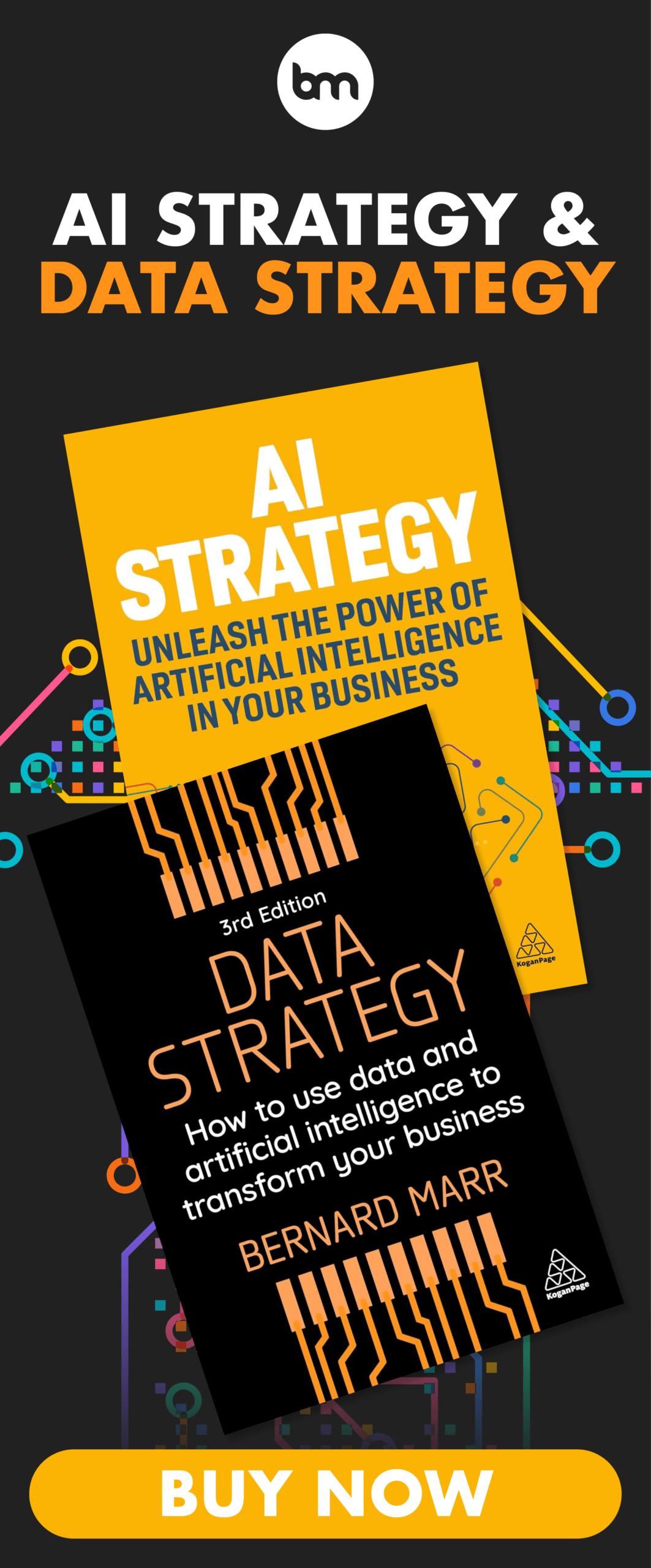Six KPIs for an Entire Organisation? How Tesco Overhauled its Performance Management Framework
2 July 2021
Tesco, the British-based international grocery and general merchandising retail group is the world’s third largest retailer by profit, with more than 6,500 stores and 475,000 employees. With an organisation of this scale, being able to communicate strategy and execution effectively is more important than ever.

In this article, we’ll take a look at Tesco’s previous approach to performance management and see how the retail giant has massively streamlined its strategic objectives in recent years.Understanding Tesco’s previous “Corporate Steering Wheel” approach
Tesco used to use what it called a Corporate Steering Wheel for setting out strategic objectives. This performance management framework was so named because of its circular shape – plus the way it provided a clear direction for the business. I would describe it as a bit like a Balanced Scorecard or strategy map, but round.The Corporate Steering Wheel was designed to outline the company’s top strategic priorities, supported by key performance indicators (KPIs) that acted as a compass, showing whether the company was on track to achieve its objectives or not. Ultimately, the main purpose was to help steer the organisation to success. Hence, the Corporate Steering Wheel!The Steering Wheel provided focus for Tesco employees by communicating what mattered most in a simple and easy-to-read one-page framework. It was organised into multiple corporate objectives, spread across five perspectives: financial, customer, community, operations and people. These objectives included:
Financial Perspective
- Grow sales
- Maximise profit
- Manage our investment
Customer Perspective
- The aisles are clear
- I can get what I want
- The prices are good
Community Perspective
- Be responsible, fair and honest
- Be a good neighbour
Operations Perspective
- We try to get it right first time
- We deliver consistently every day
- We make our jobs easier to do
People Perspective
- An opportunity to get on
- An interesting job
- A manager who helps me
As the then CEO Sir Terry Leahy said at the time, “The Steering Wheel creates a shared language, a shared way of thinking and a common blue print for action.”
The Steering Wheel was used to measure performance right across the organisation, from leaders in the head office to shop floor workers. Stores also had their own “local” Steering Wheels, designed to help engage frontline workers in corporate objectives.
What I think the Steering Wheel did really well was make strategy part of everyone’s job. The local Steering Wheels in particular, were a great way to engage staff in strategy execution and inspire them to think about ways to improve performance and deliver what mattered most to the organisation. This sort of approach helps to create an environment where everybody feels responsible for performance.
It was also deceptively simple. Even though the Steering Wheel contained more than 40 KPIs, these were grouped and arranged in a clear, memorable way that really emphasised their importance to the organisation.
Breaking down Tesco’s more streamlined approach
In recent years, Tesco has taken simplicity to a whole new level. The Corporate Steering Wheel is out. The 40-odd KPIs are gone, replaced by six (yes, six) simple indicators. These are:
- Sales
- Profit
- Operating cash flow
- Customers recommend us and come back time and again
- Colleagues recommend us as a great place to work and shop
- We build trusted partnerships
The idea behind reducing the number of indicators so drastically is to create greater focus and alignment on what matters most. In short, the company felt the Steering Wheel had become too complex, with too many indicators.
As Tesco puts it, “Colleagues want us to make it easier to put customers first … It’s about alignment and focus: if we give our colleagues more power to choose the right actions, we’ll do a better job for customers and achieve greater success for our business.”
So, the idea is to drive greater focus on what needs to be done, but leave colleagues more freedom on how they contribute to those goals.
What are the pros and cons of this simplified approach?
In principle, this simplified list is great. It borrows from the OKR approach, which is all about simplicity and creating focus on what matters most.
The downside is that, with such a limited number of objectives, they’re naturally going to be very high level. The challenge is communicating these clearly throughout the organisation. For example, objectives like improving operating cash flow will make perfect sense to the board, but people lower down in the organisation might not understand how they can help achieve or influence this measure. The same goes for building partnerships; an employee working in a store might need greater clarity on how they can contribute to building trusted partnerships. So how well this list will cascade down through the organisation and achieve buy-in at all levels remains to be seen.
It is also missing any kind of operational objectives, which again, could lead to less, not more, clarity for those lower down in the organisation. It’s the operational objectives that set out how to get stuff done.
I also really liked the visual nature of the Corporate Steering Wheel. Because it captured the key strategic objectives in one easy-to-understand picture, it was a powerful way of communicating strategy to all staff. For me, it acted as a great visual reminder of what’s important. A list of six KPIs is certainly short and sweet, but it lacks the same kind of visual, memorable quality.All things considered, I think it’s good that Tesco has implemented a simpler, more focused approach to KPIs that chimes with the OKR approach. But these six KPIs need really careful communication if Tesco is to achieve buy-in and engagement right across the company.
Where to go from here
If you would like to know more about strategy, KPIs and performance management, check out my articles on:
- OKRs vs BSC: What is the Difference?
- OKRs vs KPIs: What is the Difference?
- What are the Pros and Cons of Using OKR?
Or browse the KPI Library to find the metrics that matter most to you.
Related Articles
The 7 Biggest Cyber Security Trends Of 2026 That Everyone Must Be Ready For
By now, “smart” versions exist of just about every home appliance, gadget and gizmos we can think of. However, manufacturers continue[...]
The Biggest Barriers Blocking Agentic AI Adoption
By now, “smart” versions exist of just about every home appliance, gadget and gizmos we can think of. However, manufacturers continue[...]
The Marketing Metrics That Will Matter Most In The Age Of AI Agents
By now, “smart” versions exist of just about every home appliance, gadget and gizmos we can think of. However, manufacturers continue[...]
AI Agents Are Already Reshaping Business Leadership And Decision Making
By now, “smart” versions exist of just about every home appliance, gadget and gizmos we can think of. However, manufacturers continue[...]
What Is Quantum As A Service And Why Does It Matter For Your Business
By now, “smart” versions exist of just about every home appliance, gadget and gizmos we can think of. However, manufacturers continue[...]
What Is Zero Click And Why Is It Turning Marketing On Its Head?
By now, “smart” versions exist of just about every home appliance, gadget and gizmos we can think of. However, manufacturers continue[...]
Sign up to Stay in Touch!
Bernard Marr is a world-renowned futurist, influencer and thought leader in the fields of business and technology, with a passion for using technology for the good of humanity.
He is a best-selling author of over 20 books, writes a regular column for Forbes and advises and coaches many of the world’s best-known organisations.
He has a combined following of 4 million people across his social media channels and newsletters and was ranked by LinkedIn as one of the top 5 business influencers in the world.
Bernard’s latest book is ‘Generative AI in Practice’.










Social Media